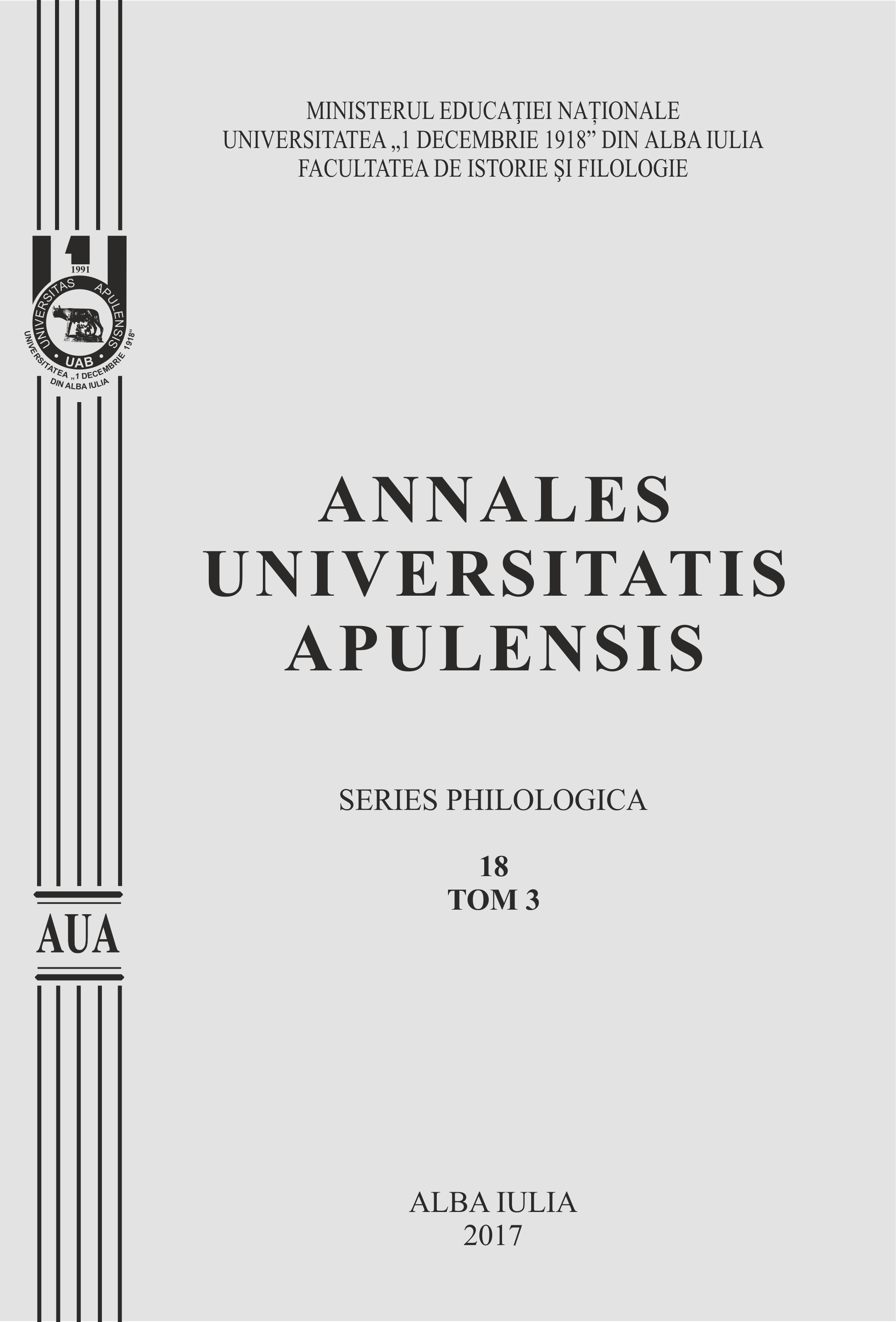SIMBOLUL, O ABORDARE INTERDISCIPLINARĂ
THE SYMBOL – AN INTERDISCIPLINARY APPROACH
Author(s): Nicoleta Elena Chira (Mîrza)Subject(s): Language and Literature Studies
Published by: Universitatea »1 Decembrie 1918« Alba Iulia
Keywords: sign; symbol; signified; form; language
Summary/Abstract: The present paper aims at establishing the dimensions of the concept of the symbol that defines and impacts our present lives. The way it came into being, developed and was interpreted constitutes the point of interest of various fields of study such as: linguistics, cultural anthropology, history of religions and literary criticism. Because of the field of study that analysed it, the symbol is a concept that has been subjected to various interpretations. It was thus defined by sociology as social deed, by culture as cultural tradition and by psychoanalysis as a symptom of the repressed unconscious deeds. Generally speaking, the symbol is defined as belonging to the category of the sign, the two notions being sometimes wrongly considered synonyms in the current practice of the language. Signs mainly aim at something signified which can be present or verified, being a way of simplifying mental processes. They announce the presence of the object they represent, thus becoming an algorithm of replacing a longer conceptual definition. Signs are arbitrarily chosen to fulfil their mission. There is no reasoning that dictates how they should be be built. The sign and the symbol are perceived as mediating means, as crucial substitutes for a reality that is absent. Their aim is to make present an absence and visualise an abstract notion. The symbol differs radically from the other types of signs because the latter ones remain a mere arbitrary convention in which the signifier and the signified are strangers to each other. The symbol is forced to lose its theoretical arbitrariness when it points at abstract notions, spiritual or moral characteristics that are difficult to represent. In this particular case of representing less evident concepts which lack objective perception, human thinking cannot fall for the arbitrariness. We speak about symbolic imagination when the signified is not at all present and when the sign can only mean one thing. Unlike the sign, the symbol sends at a signified which belongs to a field forbidden to any human experience. Thus the symbol can be defined as concrete sign which evokes something absent or impossible to perceive through a natural process. In literature the symbol defines an invisible, profound meaning lying behind a concrete, visible one. Its symbolic intention is that of expressing human’s attempt to represent reality. Its purpose is that of awakening ideas, of stimulating feelings while its direct language is targeted at understanding, being a tool for explanations. If the purpose of a word is to give form to the thought, to define it as exactly as possible, the purpose of a symbol is to open to the spirit the infinite world. In literature the symbolic expression stands for man’s effort to decipher the meaning of his life which seems to hide all the time.
Journal: Annales Universitatis Apulensis. Series Philologica
- Issue Year: 18/2017
- Issue No: 3
- Page Range: 53-60
- Page Count: 8
- Language: Romanian

